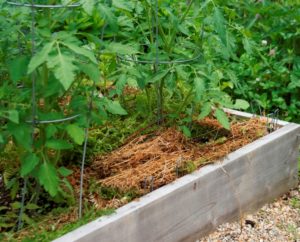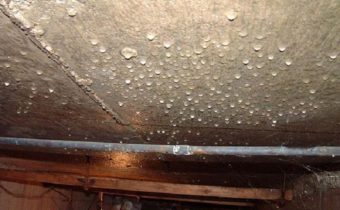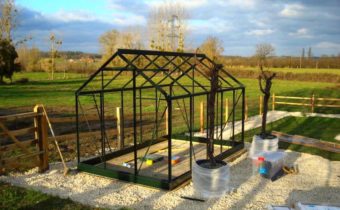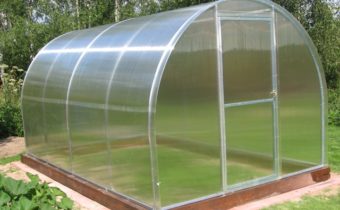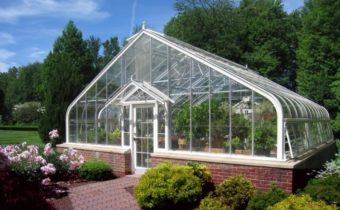Greenhouses and greenhouses - what's the difference?
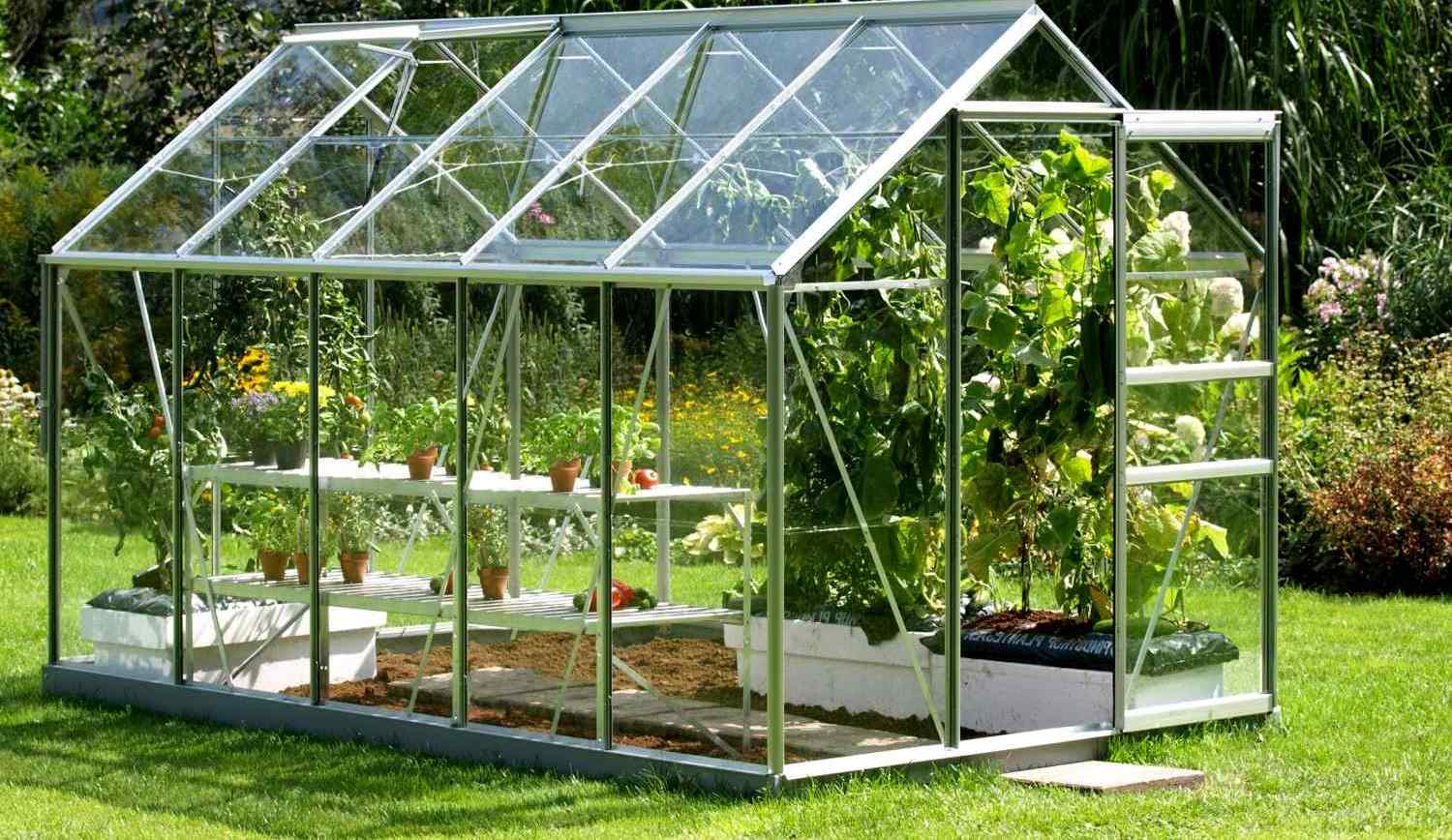
Answer the question, what is the difference between a greenhouse (stationary) and a greenhouse (seasonal), is possible only after considering the characteristics of both structures.
Stationary construction erected from durable materials. Optionally install the heating system. It, by the way, is not in greenhouses. The main goal of the greenhouse is to provide a preliminary planting of young seedlings.
History reference
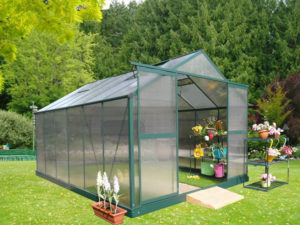 In some regions, people were in constant search for an effective means of protecting landings from the vagaries of nature. A temporary solution was the greenhouse. The first designs were simple. They consisted of sticks and a stretched film. The only source of heat was sunlight. Burned horse manure became an additional heat generator, on top of which the seedlings were planted. Over time, people mastered new materials, such as glass frames. They began to be used for additional shelter greenhouses.
In some regions, people were in constant search for an effective means of protecting landings from the vagaries of nature. A temporary solution was the greenhouse. The first designs were simple. They consisted of sticks and a stretched film. The only source of heat was sunlight. Burned horse manure became an additional heat generator, on top of which the seedlings were planted. Over time, people mastered new materials, such as glass frames. They began to be used for additional shelter greenhouses.
Greenhouses are considered a logical continuation of seasonal designs. Gardeners were looking for a more effective way to protect plantings throughout the 4 pores of the year. Historically, the first form of the greenhouse has become a greenhouse. In the XVI century. it grew exclusively exotic green spaces. The French have added greenhouses to the furnace heating system. A few years later, the greenhouses became resistant to snow, wind and rain.
It was possible to reduce the mass with the introduction of polycarbonate and spunbond.
Basic differences of 2 designs
Between both constructions they mistakenly put the sign “=”. Both designs are used for different purposes.
| Greenhouse | Greenhouse |
| Seasonal mode of operation. | Use 365 days a year. |
| Base is not required. | Mounted on a previously prepared base. |
| The design is made of lightweight materials. | The walls are made of polycarbonate or other durable material. |
| Mobilen. | Position in space can not be changed without prior analysis of the structure. |
| Used for the preliminary development of seedlings. | Used for the full cycle of development of greenery, protect the plant from overheating. |
| Steam effect due to direct sunlight. | The steam effect is formed by the heating system. |
The starting point will be the ultimate goal. Seasonal construction is a construction whose height does not exceed 1.5 m. Its installation is justified during the spring-summer season. Inside it has young seedlings.
Operational characteristics of greenhouses
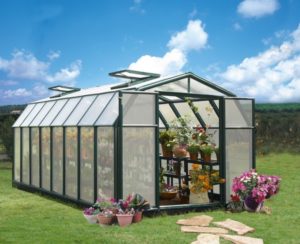 From a constructive point of view, the greenhouse does not allow on a regular basis to get quick access to a single site. If the gardener plans to plant adult seedlings, then the choice is made in favor of a monolithic greenhouse. Despite the fact that the installation of a heating system is not provided for inside the seasonal building, it can be used to create a temporary shelter for greenery. We are talking about situations where during the spring-summer season, short-term chills suddenly came.
From a constructive point of view, the greenhouse does not allow on a regular basis to get quick access to a single site. If the gardener plans to plant adult seedlings, then the choice is made in favor of a monolithic greenhouse. Despite the fact that the installation of a heating system is not provided for inside the seasonal building, it can be used to create a temporary shelter for greenery. We are talking about situations where during the spring-summer season, short-term chills suddenly came.
Autumn preparation of the greenhouse for growing tomatoes
A greenhouse is a man-controlled environment bounded by natural conditions, and from how exactly it is ...
Technical features of the greenhouse
The parameters of the structure are selected taking into account the physicochemical characteristics of the soil.
| Traditional ground | Protected soil type |
| The maximum height of the structure will be 2.5 m. | The top bar reaches 4-5 m. |
| Inventory and equipment are stored separately. | Inside assign a place for gardening equipment and machinery. |
| Construction is justified on a large garden plot. | Plot size does not matter. |
| The source of heat energy is sunlight. | Install artificial sources of thermal energy. |
| Gardener monitors the depth of soil heating. | The soil is heated by burning organic matter. |
| The construction process takes a lot of time and effort. | On the site mounted ready version of the greenhouse. |
In both cases, it is important to organize a technically correct lighting system. Initially, the grower estimates the actual amount of natural light. If the "sun" on the site is not enough, then you will not have to dream of a good harvest. The first and easiest way to get out of this situation is to arrange the mirror around the perimeter. They will spread inside the greenhouse sunbeams.
The second method will increase the degree of illumination design - the use of foil. It is set so that the material reflects sunlight.
Construction features
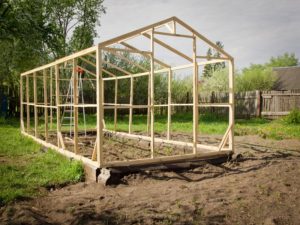 Reduce the cost of a greenhouse or greenhouse will help technical task. This is a project that takes into account the size of the future structure, the duration of its use, the climatic features of the region. The choice of one or another type of greenhouse affects the budget. For example, a simple version of the base is made of timber, and if there are no financial constraints, then choose a block or brick type of foundation.
Reduce the cost of a greenhouse or greenhouse will help technical task. This is a project that takes into account the size of the future structure, the duration of its use, the climatic features of the region. The choice of one or another type of greenhouse affects the budget. For example, a simple version of the base is made of timber, and if there are no financial constraints, then choose a block or brick type of foundation.
| Greenhouse | Greenhouse |
| Small-sized construction, which is equipped with side railings. | Galvanized iron is used as a base. |
| It has a roof type scheme. Material for her pick transparent. With it, the gardener will ensure the penetration of the largest amount of sunlight. | Before the beginning of the construction of the base stack foundation block or brick. Beginners will be easier to establish a foundation of timber. |
| Floor or foundation is missing. The design is immersed in the ground. The depth of immersion is inversely proportional to the depth of soil freezing. | The timber is pre-treated with linseed oil. Enough 1 layer of application. |
| The process of plant maintenance does not involve finding a person inside. | Creating a foundation begins with digging a trench. In it stack roofing and only then timber. |
| Fixing the frame on the foundation is made using metal angles. | |
| Directly fixing the base is done using screws and nails. | |
| To the corners fasten other design elements. |
The main structural difference between a greenhouse and a durable building is its ability to withstand external physical influences.
Advantages and disadvantages
Manufacturers say that they have developed a unique option. Experienced gardeners urge not to take my word for it. Regardless of the brand, the list of advantages and disadvantages looks the same.
| Virtues | disadvantages | ||
| Greenhouse | Greenhouse | Greenhouse | Greenhouse |
| Maximum bandwidth of sunlight. | Easy installation. | High price. | Unsuitable for use in cold weather. |
| Resistance to external negative influences. | Low price. | Material is flammable. | Increased risk of destruction due to prolonged mechanical stress. |
| The form can be any. | For the construction of suitable materials at hand. | Installation is a man with experience and knowledge. | Lack of sunlight adversely affects the rate of maturation of the plant. |
| Guaranteed service life will be 20+ years. | The design needs regular maintenance. | It is required to open often for airing. | |
| Polycarbonate models not susceptible to moisture. | When choosing a material for the roof carefully examine its light transmission ability. | ||
The performance of the greenhouse and greenhouse depends on the correct choice of material and the regularity of maintenance.
Types of greenhouses
Greenhouses are classified according to the method of installation on stationary and portable. The second parameter is the depth level. Allocate ground and in-depth type of construction. The latter is justified in areas with a minimum depth of freezing. The third criterion that is taken into account when choosing a seasonal construction is the roof material:
- film;
- glass;
- polycarbonate.
The film is the most affordable and easiest to install. You can also make greenhouse from what was.
What material to choose for the greenhouse
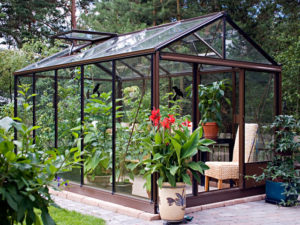 The cheapest option - film, but do not rush to choose. Such greenhouses do not differ in durability. After several heavy rains, the design will have to be changed. Nothing good can be said about the insulating characteristics of film greenhouses. After several frosts, the crop will die. Gardeners with experience recommend to pay attention to the glass. The material will last a long time. The main thing is to regularly conduct inspections and minor repairs. Before installing the glass, check that its thickness exceeds the mark of 3 mm.
The cheapest option - film, but do not rush to choose. Such greenhouses do not differ in durability. After several heavy rains, the design will have to be changed. Nothing good can be said about the insulating characteristics of film greenhouses. After several frosts, the crop will die. Gardeners with experience recommend to pay attention to the glass. The material will last a long time. The main thing is to regularly conduct inspections and minor repairs. Before installing the glass, check that its thickness exceeds the mark of 3 mm.
Seal the glass used with sealant.
Another option material for greenhouses - cellular polycarbonate. It will withstand from -50 to + 50 C. Durable coating, which can be shaped without loss of carrying capacity. The guaranteed lifetime exceeds 20 years.
How to cover tomatoes in the greenhouse
Polycarbonate greenhouses are used by many summer residents for growing tomatoes. Tomatoes are a favorite vegetable crop, on ...
Types of durable structures
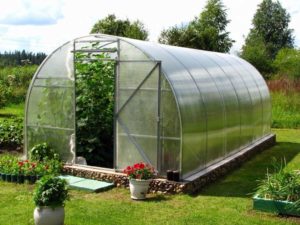 Arched option - refers to the most popular. Inside the design resembles a transparent corridor. Its height is 3.5 m, and its width is 6 m. A gardener can equip 2 rows of crops inside. The second place in terms of popularity is occupied by freestanding or dual slope tent greenhouses. If abundant precipitation prevails in the region, for example, snow, then a 3-pitched roof is settled on the site. On its surface the whims of nature do not accumulate.
Arched option - refers to the most popular. Inside the design resembles a transparent corridor. Its height is 3.5 m, and its width is 6 m. A gardener can equip 2 rows of crops inside. The second place in terms of popularity is occupied by freestanding or dual slope tent greenhouses. If abundant precipitation prevails in the region, for example, snow, then a 3-pitched roof is settled on the site. On its surface the whims of nature do not accumulate.
The greenhouse is used for growing greenery throughout the year, and the greenhouse - for seasonal use. The latter is distinguished by mobility and simplicity of design. Even a novice will gather it without problems. The sun is the only source of illumination and heat energy in the greenhouse, so proper placement is important.
Inside a durable greenhouse, a heating system and windows are provided to create a ventilation system. When choosing between a greenhouse and a greenhouse, take into account the duration of work on the garden plot - the longer the summer resident spends there, the more arguments in favor of the first option.


